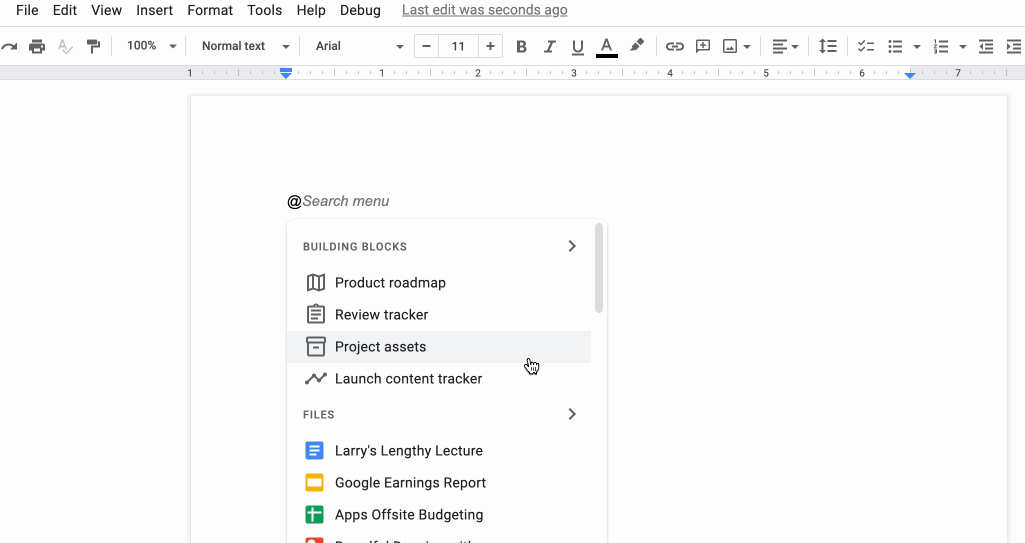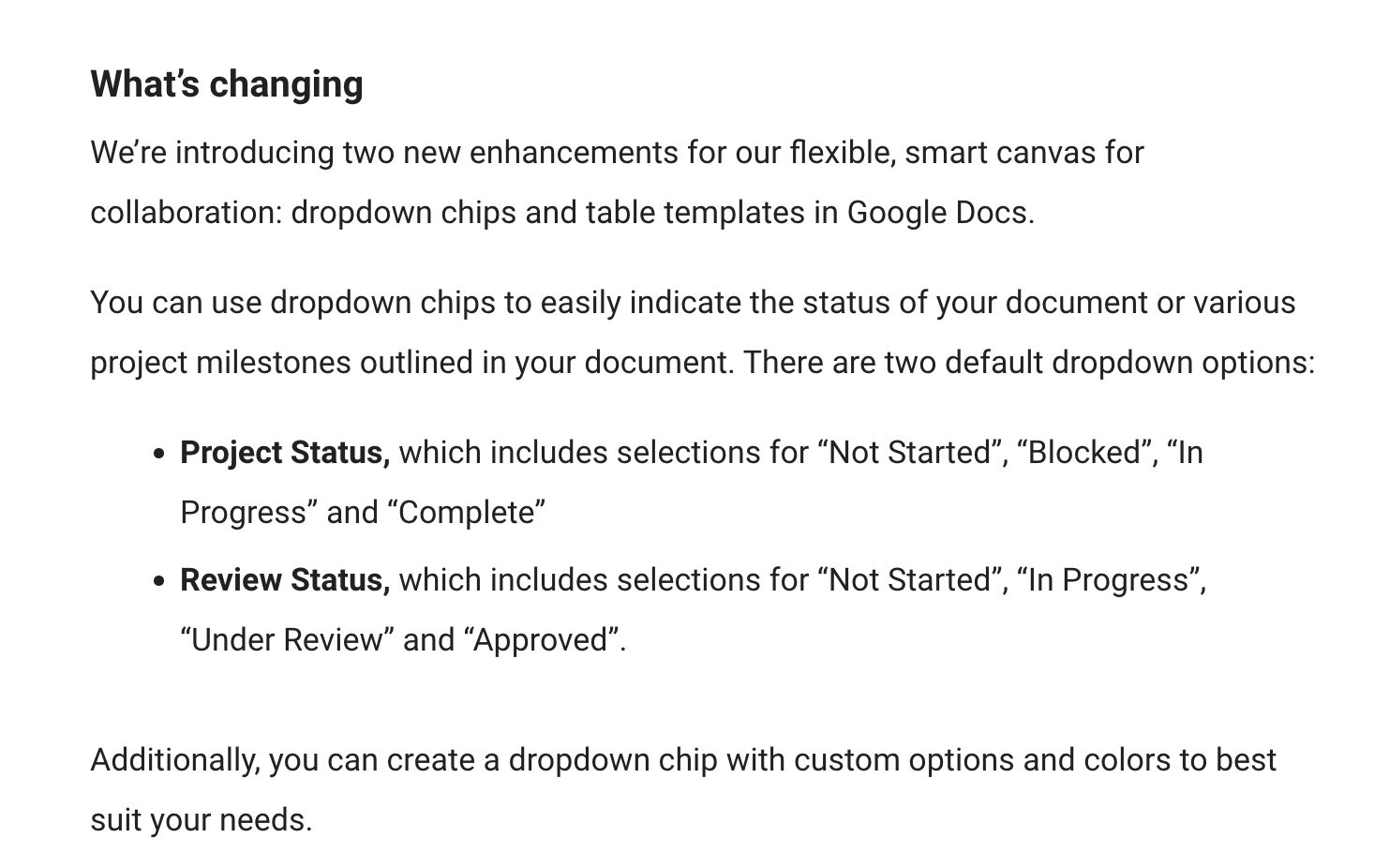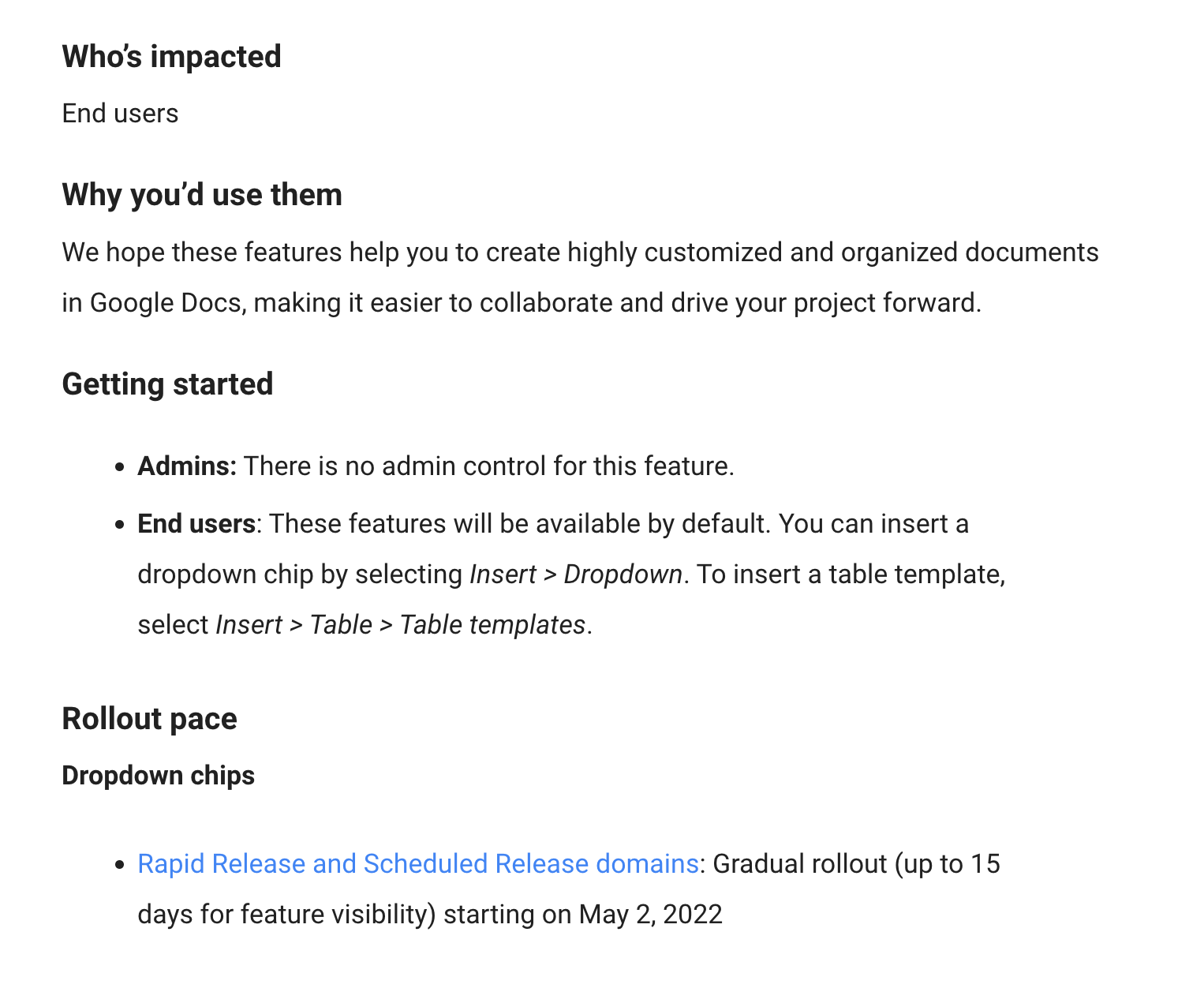How to Write Impactful Release Notes as a Product Manager
High impact releases deserve high impact release notes
Do release notes matter any more?
Back in the days when operating systems like MacOS or Windows used to get updated every few years I’d get extremely excited about what this next release might include.
Fast forward a decade or so and I’d get equally excited about an app update; before auto-updates were on by default, you’d have to manually update the app each time you wanted the latest version. You’d get a sneak preview of what to expect in the form of some release notes and it’d all be very exciting. Whilst I couldn’t wait to get the latest version of whatever app I was using, friends of mine would have tons of apps waiting to be updated and I couldn’t understand how they could just let these apps sit there rotting without an ounce of curiosity about what the latest version of that product might include.
The point here is that some people will be so into whatever it is you’re building – and so keen to get their hands on the latest version of it, that release notes to them will be something to get excited about. Other folks couldn’t care less. And the people in the middle will care a little, but will be primarily concerned about whether the app still works as they want it to, with little regard for anything else.
More recently, I had a conversation with a product peer and they were strictly of the view that release notes were a relic that belonged in the dark ages. Nobody does release notes any more, I was warned.
Worried that age might be catching up with me, I started to dig around modern products to get an understanding of whether release notes were still actually a thing or whether I was just shaped by my 90s childhood of reading the printed manuals included in the latest versions of operating systems (I’m a Mac user of almost 20 years but I used to love the cool blue Windows XP boxes).
As people who build products, it’s important to have this context when you’re considering what your release comms strategy to your customers should be. Some people will care lots about the finer details, others couldn’t care less so long as the product works as they want it to.
Anyway, after a bunch digging around a few modern products I realised that yes – release notes were still very much a thing for lots of respectable, modern products and that there was no shame in opting to write them – even if some people perceive them to be a bit procedural and dull.
The benefits of release notes
- A feeling of momentum – if a user knows that there is a team dedicated to improving the product – and that the improvements are shared in a transparent, public way, this creates a sense of momentum – that the product is always improving
- Respect for users – if you’re making fundamental changes to a product, you could argue that telling them about the changes is simply a respectful thing to do.
- Impact on retention – users will live with a problem or a bug or a lack of features if they know a team is regularly shipping updates
How to create impact with product release notes
Whether you’re an advocate or not, we know that plenty of products are still making use of release notes, so let’s take a look at some of the ways that you can do it with maximum impact.
1. Pick the format appropriate for the release

Firstly, it’s rarely the product manager who will write the actual release notes (this varies depending on the size of the organisation, of course). But instead, PMs will feed into a wider content strategy that will also include a regular cadence of release notes.
Some feature releases will be so bold and impactful that they require a much broader comms strategy, others might be so minor that they’ll only require a bullet point.
Example – Google Docs releases feature
When Google Docs released a new feature which added dropdowns in tables, for example, they told users about it in the form of a short blog post.
The blog post structure includes important information including: what the feature is, who is impacted by it, a gif of how it works and some links to further information.
Their product update blog also has an RSS feed which allows users to be notified whenever a new feature is released.
Example – Notion releases a text editor
For Notion, Twitter is the place for announcing new features and the product team summarised the value added by presenting it in a simple before / after shot.
Sure, this isn’t exactly what you’d think of as a ‘release note’ but it’s still a way to communicate to your users what you’ve built and why they should care about it.
We finally did it! @NotionHQ‘s text editor has been completely retooled to combine the flexibility of “blocks” with the familiar feeling of a traditional word processor. Congrats @jitl @jdan and @toolness! pic.twitter.com/LNjfR7V6Fx
— Akshay Kothari (@akothari) January 19, 2022
Other formats to explore
Notification systems
Another powerful way to keep users in the loop is to build release notes into your standard notification system.
Every time you push a release worth talking about, you could use your product’s notification system to tell users about it.
Web app banners to force refresh
An emerging way to demonstrate new features is to ping users about it through a banner or notification which summarises what’s included in the release but to ask them to refresh their browser to see the new version of the product.
This requirement to perform an action (refreshing the browser) makes it feel as though the product itself has been refreshed and adds an element of anticipation.
2. Tell users how the release impacts their experience and the rationale behind changes
An important part of your release comms is to clearly articulate to users how the release impacts their experience and why they should care about it.
Example – Google Workspace

If we head back to our Google Docs / Workspace example, you can see that the release notes make it explicitly clear what’s changing and who is impacted by the new release.
To get the most impact out of your release notes, think carefully about your different user segments and present the changes in the context of those user segments.
If you have a permissions system in your SaaS product for example, and the new feature is only available to admin users, make it clear in your release comms that this is the case.

3. Provide context through demos
Tailoring your messaging to cater for different user segments is essential, but one of the most impactful ways of creating release notes is to include easy to understand demos of your product feature.
We’ve seen that Google includes short .gif images which demonstrate how the new feature works and Notion does something similar with its before / after shots.
Other companies will go further by including a video demo that summarises what users need to know about how the new feature works.
Example – how Airtable provides context through product demos
Example – 1Password 8 launch
In another example, 1Password announced the latest version of its product with a product ‘showcase’.
Since this was a radical new version of its software which included fundamental updates including substantial UI changes and new functionality, the release comms for this product included:
- A series of marketing emails
- A dedicated page to explain everything about the new product
- A video promotional video
- Social media activity
- Live Q&As
This highlights the fact that some product releases may be so subtle that a .gif will suffice in explaining their impact, whilst others might be so major that you’ll need a full-blown, multi-channel comms strategy.
In 1Password’s case, the release of an entirely new version of the product clearly makes this a candidate for such a release comms approach. But unless your product is a desktop application (like 1Password), then it’s unlikely that you’ll use version numbers. Which means it can be tricky to know what’s appropriate.
As a general rule, most product teams will have a gut sense about the size and scope of a feature; indeed, you’ll know instinctively how significant the feature is by the amount of time you’ve spent on it. But time spent doesn’t necessarily relate to customer impact so it’s worth spending time to consider how deeply a new release impacts users to then assess what your release comms strategy should be.
Balancing continuous integration with release notes cadence
Similarly, if you’re lucky enough to work in a product team that is able to release multiple times a week with continuous integration infrastructure, you’ll probably not want to publish release notes for every single release.
In this context, it makes sense to batch your release notes to summarise the most important things that a user will care about on a less frequent cadence.
4. Host Q&As with team members
One of the characteristics of so-called Web3 is the emergence of social communities through Discord groups, live community Q&As and DAOs (decentralised autonomous organisations).
Whilst many of these trends are speculative, some of these Web3 characteristics and expectations are starting to spill over into non-Web3, conventional product practices. And that’s probably a positive thing.
One of the ways in which we’re starting to see this emerge is through live Q&As.
Web3 / crypto projects will often host live Q&As with token holders to keep investors up to date with how the team is tracking against the roadmap and how new feature releases might impact the community.
For major product releases, one way to explain to users what the new release includes and how it impacts their workflows is to host a live Q&A or webinar. This gives users the chance to ask questions, watch live demos and clarify and interact with the teams who built the product.
Live Q&As not only give you the opportunity to explain your product, but they add an additional layer of trust between you and your end users.
Recording the sessions and hosting them on your product’s blog gives you the opportunity to share the session with anyone unable to attend.
Examples of products with Q&As for releases
1Password held live Q&As with their users following the launch of the latest version of their product.
The event was led by their VP of engineering and product director across Zoom webinars and Twitter Spaces and gave users the chance to find out more about how to use some of the freshly released features.
Live Q&As and demos don’t have to be reserved for new features only, of course. They can also be beneficial for helping existing users understand how your product works or help to establish a more intimate connection with users. Just as you’d do regular demos for stakeholders, Live Q&As help you to remember that users are arguably your most important stakeholders.
5. Use release notes and automation tools to help
One of the reasons many product teams don’t keep up with release notes is that the process of writing up release notes can be pretty laborious.
That said, there are tools available which are specifically designed to help you to manage and publish release notes.
Critical considerations before sending release notes
- Collect – collect all the relevant items that have been released since the last update
- Filter – will anyone care? Should we bother telling people about this release?
- Communicate – once we’ve decided to tell users about this, what’s the best way to do it?
Different tools can help you with each of these stages.
Nocode automation tools can help you get a head start for collection and communication. An automation flow which looks for the latest release items and automatically dumps them into a Google Sheet or a marketing email could be super helpful.
But it often isn’t as simple as just copying and pasting a bunch of Jira tickets onto an email and blasting it off to your users in a marketing campaign since it’s likely that users won’t understand a lot of the terminology used in your user stories.
Filtering is best guided by product analytics tools such as Amplitude or Google Analytics that help you segment users and understand how each of these segments could be impacted by your release.
Other tools like Intercom can help you to let users know about important updates in the form of broadcasts.
There are also all-in-one tools specifically designed for product teams to craft and manage the entire release note process. Release Notes and Launch Notes are two of the market leaders for this kind of thing. Launch Notes, for example, includes features such as short and punchy .gif demos, videos, work in progress teasers and automation workflows. I’ve never used a tool like this personally but I can see how incredibly valuable it could be.
Final thoughts
Not everyone will care about your product. And even fewer people will take the time to bother to read your release notes.
What your users will care about though, is how the changes you’ve shipped to your product will impact them.
And if you and your team are indeed building valuable things then it’s only polite that you tell them just that with some impactful release notes.



